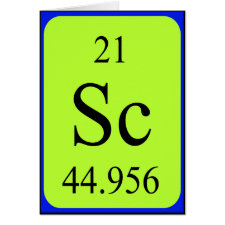
Authors: Ren YM, Ma WQ, Ma J, Wen Q, Wang J, Zhao FB
Article Title: Synthesis and properties of bisphenol A molecular imprinted particle for selective recognition of BPA from water.
Publication date: 2012
Journal: Journal of Colloid and Interface Science
Volume: 367
Issue: (1)
Page numbers: 355-361.
DOI: 10.1016/j.jcis.2011.10.009
Alternative URL: http://www.sciencedirect.com/science/article/pii/S0021979711012550
Abstract: Molecularly imprinted particle for bisphenol A (BPA-MIP) was prepared using the surface molecular imprinting technique with a sol - gel process on the surface of silica nanoparticles. The dosages of diethylenetriaminepentaacetic acid (DTPA) as a functional monomer and teraethyl orthosilicate (TEOS) as a cross-linker were optimized, respectively. The prepared BPA-MIP was characterized by scanning electron microscopy (SEM), energy dispersive spectrometer (EDS), Fourier transform infrared spectrometer (FTIR), thermogravimetric analysis (TGA), and a standard Brunauer - Emett - Teller (BET) analysis. Moreover, the proper binding and selective recognition ability were also investigated by a single batch binding experiment. The equilibrium data fitted well to the pseudo-second-order kinetic and the Langmuir model for BPA binding onto BPA-MIP, respectively. The saturate binding capacity of BPA-MIP was found to be 30.26 μmol g-1, which was three times higher than that of BPA non-molecular imprinted particle (BPA-NIP). The satisfactory results demonstrated that the obtained BPA-MIP showed an appreciable binding specificity toward BPA than similar structural compounds in water phase. The BPA-MIP could serve as an efficient selective material for determining or removing BPA from water environment
Template and target information: bisphenol A, BPA
Author keywords: surface molecular imprinting, BPA, sol-gel, Equilibrium binding, Selectivity recognition



Join the Society for Molecular Imprinting

New items RSS feed
Sign-up for e-mail updates:
Choose between receiving an occasional newsletter or more frequent e-mail alerts.
Click here to go to the sign-up page.
Is your name elemental or peptidic? Enter your name and find out by clicking either of the buttons below!
Other products you may like:
 MIPdatabase
MIPdatabase









